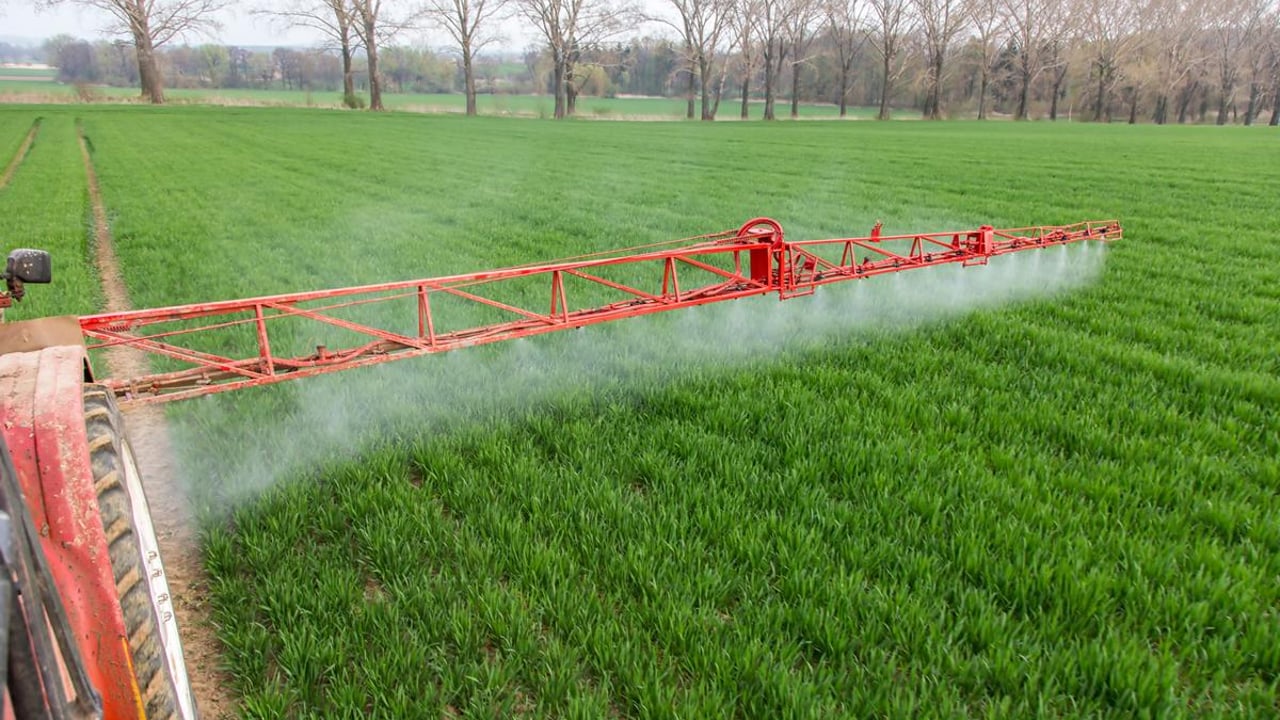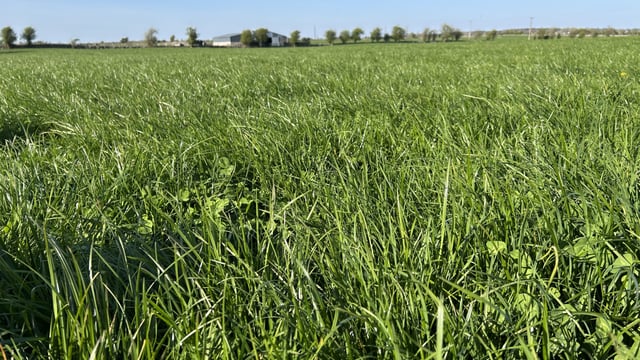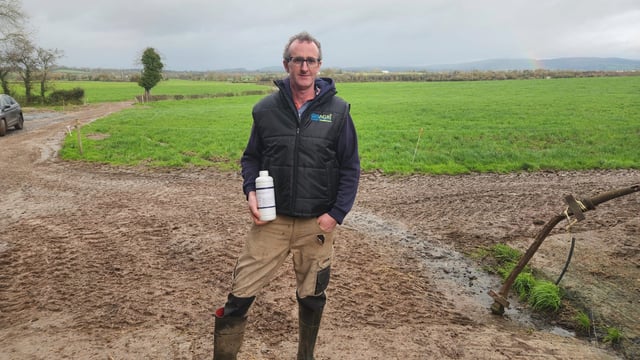Cases of glyphosate resistance in Italian rye-grass could increase - group
The UK’s Weed Resistance Action Group has warned that more cases of glyphosate resistance in Italian rye-grass population are very likely in the near future.
At the start of 2025, the organisation confirmed the first three cases of glyphosate resistance in the UK (in Kent, Gloucestershire and North Yorkshire), which were all in Italian rye-grass populations.
These populations demonstrated significantly reduced control from appropriate doses of glyphosate.
A fourth population in Essex also showed decreased glyphosate sensitivity.
Rye-grass
Following widespread publicity, 10 more samples of Italian rye-grass, from a total of eight farms were identified for rapid screening.
This involved a process of potting-up live plants, which were then sprayed with appropriate glyphosate doses by ADAS.
A high risk of resistance was identified at three farms. Population offspring will now be tested to confirm the resistance status.
Seed from these new populations will be thoroughly tested over the next few months to fully confirm if they should be classified as resistant, in addition to the three cases confirmed already.
The rapid, plant-based, investigation is only an indication of high risk and does not necessarily imply that the detailed tests will confirm them to be additional field selections of glyphosate resistance.
Significantly, all resistance cases identified up to this point derived from high-risk crop management situations and likely evolved from independent selections: in other words, the resistance was not physically spread.
Testing
In order to monitor the situation and evaluate the potential for additional cases of glyphosate resistance, Bayer Crop Science will fund ADAS to conduct a further year of focused testing in spring 2026.
As in 2025, the testing will target populations of Italian rye-grass surviving glyphosate application prior to drilling a spring crop as this has been identified as high risk situation.
The work will require farmers: advisers and others to complete a questionnaire to evaluate risk.
If there is over-subscription, this may be used to identify the highest risk samples.
Italian rye-grass plants will be dug up from the fields in question and then sent to ADAS in sealed plastic bags with the completed questionnaire.
Test results will be reported back to the farmer/advisor in weeks so that action can be taken if needed.
It should be noted that a positive rapid test results does not automatically mean that glyphosate resistance is present at a field scale.
However, populations identified form this testing can be taken forwards for further investigation.
Overall summaries for regions will be produced. But individual test results and locations will be kept confidential.





